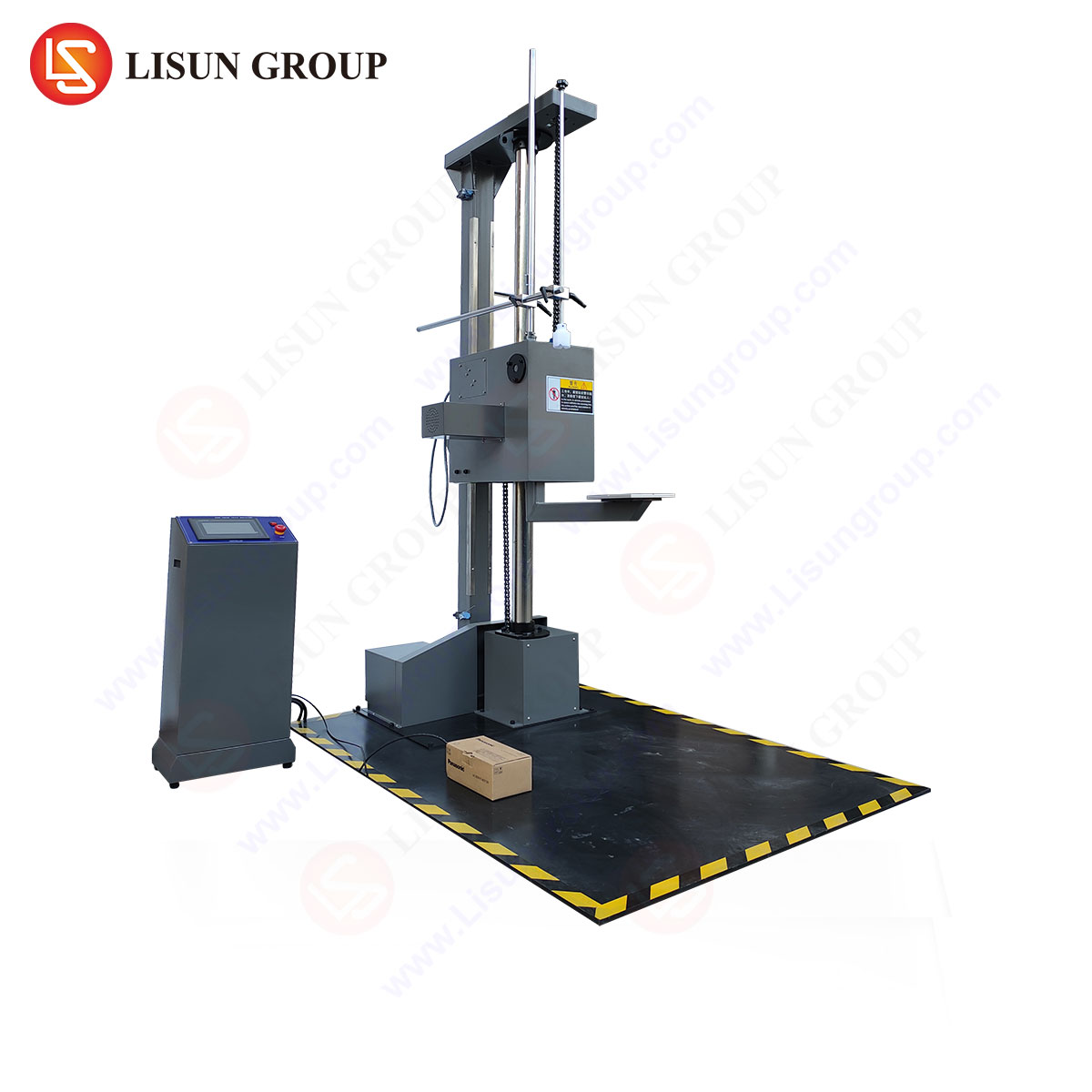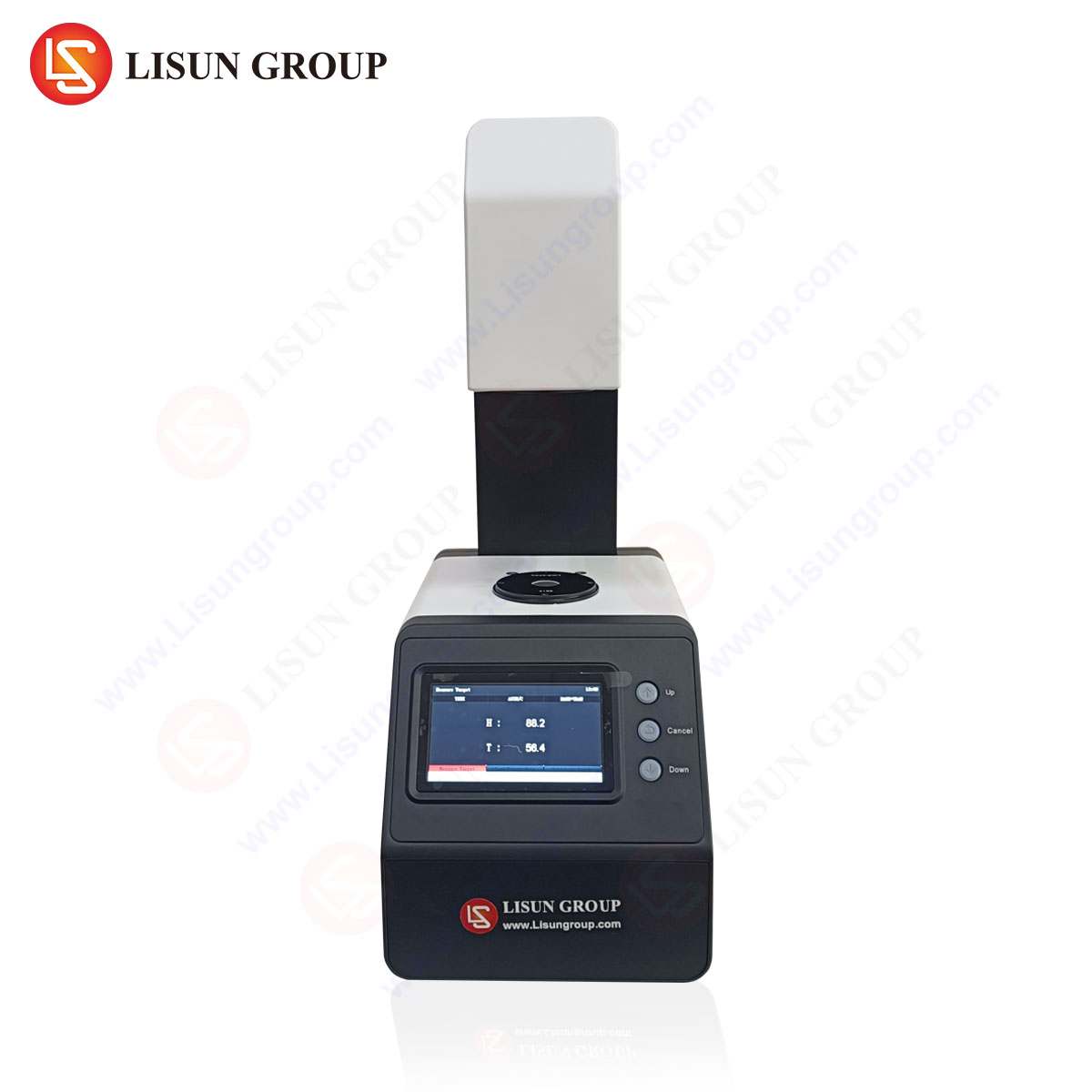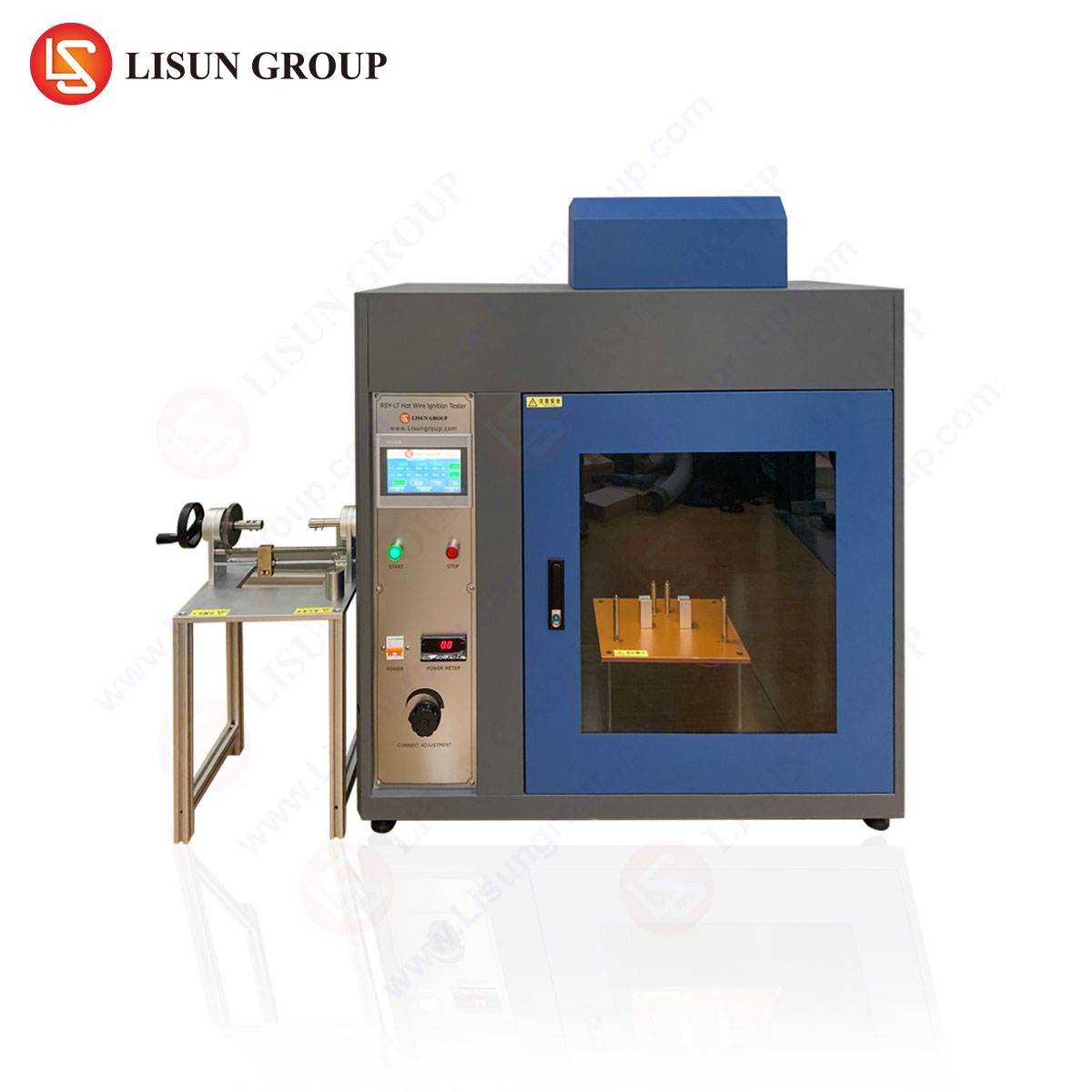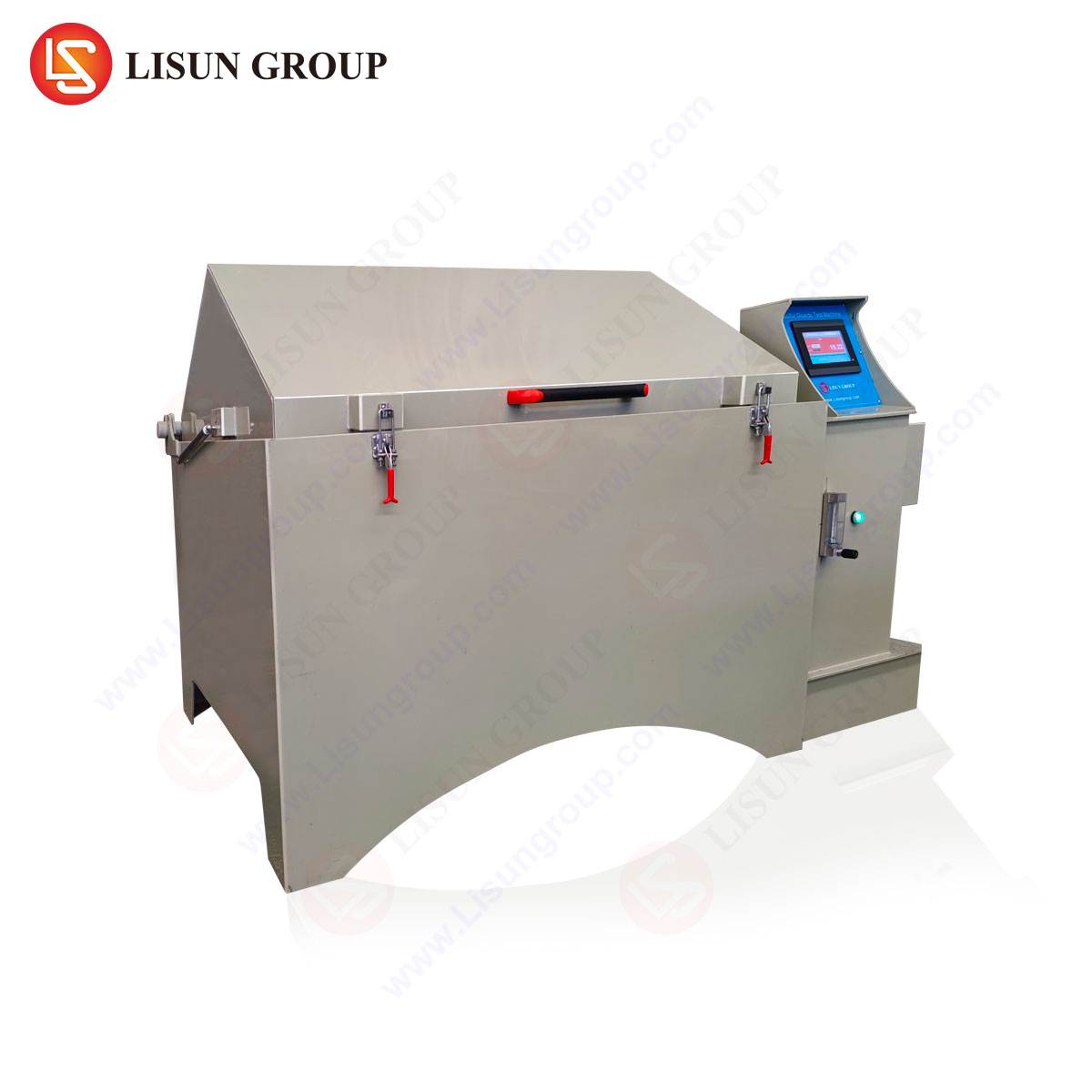The Critical Role of UL 746A Compliance in Mitigating Fire and Electrical Hazards in Polymeric Materials
The selection of polymeric materials for use in electrical equipment is a complex engineering decision, balancing factors such as cost, manufacturability, mechanical properties, and chemical resistance. However, paramount among these considerations is the material’s ability to resist ignition and prevent the propagation of flame under electrical stress. Uncontrolled electrical arcing presents a significant fire and shock hazard across a vast spectrum of industries. UL 746A, the Standard for Safety for Polymeric Materials – Short Term Property Evaluations, provides the definitive framework for evaluating these critical properties. Compliance with this standard is not merely a regulatory hurdle; it is a fundamental aspect of responsible product design and a prerequisite for achieving certification from nationally recognized testing laboratories (NRTLs).
Fundamental Principles of the High Current Arc Ignition Test
UL 746A outlines a series of tests to evaluate the comparative tracking index, hot wire ignition, high current arc ignition resistance, and high voltage arc resistance to tracking. Among these, the High Current Arc Ignition (HCAI) test is particularly severe, simulating fault conditions where conductive paths form on or within the insulating material due to carbonization, leading to low-impedance, high-current arcing. This phenomenon can occur in overcurrent situations, from loose connections, or as a result of environmental contamination.
The test procedure involves subjecting a specimen to a series of high-energy electrical arcs. Two electrodes are applied to the surface of the material, and a controlled, high-current arc is struck repeatedly between them. The test apparatus progressively increases the arc intensity through a series of steps, defined by the number of arc bursts per second and the current level. The endpoint of the test is the ignition of the material, evidenced by a sustained flame. The HCAI rating is then assigned based on the number of arc cycles required to cause ignition, providing a quantitative measure of the material’s resistance to this specific failure mode. A higher HCAI value indicates a superior ability to withstand high-current arcing without igniting, directly correlating to a enhanced level of end-product safety.
Operational Mechanics of the HCAI-2 High Current Arc Ignition Tester
The LISUN HCAI-2 High Current Arc Ignition Test Instrument is engineered to perform the exacting test protocols specified in UL 746A, Clause 40, with a high degree of precision, repeatability, and user safety. Its design integrates advanced electronics and mechanical systems to automate the complex testing sequence, thereby eliminating operator variability and ensuring consistent, reliable data.
The system’s core is a programmable logic controller (PLC) that manages the entire test cycle. It precisely regulates the high-current arc generator, controlling the magnitude of the current (typically up to 40A AC) and the precise timing of the arc bursts. The electrode assembly is mounted on a mechanism that applies a reproducible, constant force to the test specimen, a critical variable that, if not controlled, can significantly alter test outcomes. An integral high-sensitivity optical flame detection system continuously monitors the specimen. Upon detecting ignition, the system instantaneously cuts power to the electrodes and records the exact number of arc cycles elapsed, automatically calculating and displaying the HCAI value.
Key specifications of the HCAI-2 include its compliance with UL 746A, IEC 60695, and GB/T 11020 standards; a current output range of 10.0 to 40.0A AC (adjustable in 0.1A increments); an electrode short-circuit current accuracy of ±0.5A; and a sophisticated counting mechanism that logs the total arc counts until ignition. Its automated operation, from arc generation to final result determination, streamlines the testing workflow, enhances laboratory throughput, and provides auditable data records for quality assurance and certification purposes.
Industry-Specific Applications and Material Selection Implications
The implications of HCAI performance extend into virtually every sector utilizing electrically insulated polymeric components. Material engineers and product designers rely on HCAI data to make informed decisions that directly impact product safety and reliability.
In Industrial Control Systems and Automotive Electronics, control units, contactors, relay housings, and sensor connectors are often located in harsh environments where dust, moisture, and chemical contaminants are prevalent. These contaminants can create tracking paths. A high HCAI rating ensures that even if a fault occurs, the material is less likely to ignite, preventing a localized fault from cascading into a full-scale fire within a control panel or vehicle engine compartment.
Household Appliances and Consumer Electronics are subject to rigorous safety standards globally. Components such as terminal blocks, switch housings, power supply enclosures, and connectors within washing machines, air conditioners, and power strips must demonstrate high resistance to arc ignition. This is especially critical for appliances that may be used in garages or workshops where conductive dusts (e.g., from sanding or metal grinding) could settle on internal components.
For Telecommunications Equipment and Data Center Infrastructure, which operate 24/7 at high power densities, the failure of a connector, circuit breaker, or power distribution unit could lead to catastrophic arcing events. The selection of materials with validated high HCAI ratings is a fundamental aspect of designing for fault tolerance and minimizing fire risk in these critical installations.
Aerospace and Aviation Components represent an extreme use case where failure is not an option. The weight-saving advantages of polymers are essential, but they cannot come at the expense of safety. Wiring clamps, connector backshells, and interior paneling must be manufactured from materials that can withstand the unique arc fault risks present in aviation systems, making UL 746A HCAI testing a non-negotiable part of the qualification process.
Comparative Advantages of Automated HCAI Testing Systems
Traditional manual HCAI testing setups are prone to inconsistencies. Variations in electrode pressure, subjectivity in determining the precise moment of ignition, and potential errors in counting arc cycles can lead to data scatter and unreliable material comparisons. Automated systems like the LISUN HCAI-2 mitigate these issues entirely.
The primary advantage is unparalleled repeatability and reproducibility. By automating every variable—electrode force, arc timing, current waveform, and ignition detection—the system ensures that tests conducted days or continents apart on the same material yield statistically identical results. This is indispensable for material suppliers providing technical data sheets and for OEMs conducting incoming quality inspection.
Furthermore, enhanced laboratory efficiency is a significant benefit. The automation of the test sequence allows technicians to initiate a test and focus on other tasks, increasing throughput. Integrated data logging automatically records all test parameters and results, simplifying report generation and creating a defensible audit trail for NRTL submissions. Finally, operator safety is materially improved. The system is designed to fully contain the arc and any potential flaming debris, protecting the user from high-voltage hazards, UV radiation from the arc, and exposure to potentially toxic pyrolysis products.
Integrating HCAI Data into a Comprehensive Safety Engineering Strategy
While the HCAI test provides a crucial data point, it must not be viewed in isolation. A holistic safety engineering strategy considers the entire suite of tests mandated by UL 746A and other relevant standards. The Comparative Tracking Index (CTI) evaluates a material’s resistance to surface tracking under low-voltage, low-current conditions, which is a different but equally important failure mode. The Hot Wire Ignition (HWI) test assesses a material’s resistance to ignition when heated by a resistive wire simulating an overheating component.
A robust material selection process involves cross-referencing HCAI, CTI, HWI, and Glow-Wire Ignition Temperature (GWIT/GWFI) data. A material may excel in one test but be marginal in another. The final choice is a compromise based on the specific electrical, environmental, and mechanical stresses the component will face in its end-use application. For instance, an outdoor industrial connector might prioritize HCAI and CTI performance due to exposure to moisture and contaminants, while an internal switch in a dry, clean consumer product might place more emphasis on HWI performance.
Frequently Asked Questions (FAQ)
Q1: How does the HCAI test differ from the HVTR (High Voltage Arc Tracking Rate) test, also in UL 746A?
The HCAI test utilizes a high-current (up to 40A), low-voltage (~240V) arc to simulate a low-impedance fault, with the primary endpoint being material ignition. The HVTR test uses a high-voltage (up to 6kV), low-current arc to simulate surface tracking and erosion, with the endpoint being the formation of a conductive track. They address fundamentally different electrical fault scenarios.
Q2: Can a material with a high HCAI rating still fail other UL 746A tests?
Absolutely. Material properties are multifaceted. A material formulated with flame retardants that inhibit ignition from a high-current arc (good HCAI) might be more susceptible to surface tracking (poor CTI) if those same additives affect its surface properties. Comprehensive testing across all applicable protocols is essential.
Q3: What are the most critical calibration and maintenance procedures for an HCAI-2 tester to ensure ongoing accuracy?
Regular calibration of the current output using a traceable reference ammeter is paramount. Additionally, maintaining the electrode geometry as specified in the standard (e.g., ensuring proper tip angle and condition) and verifying the accuracy of the optical flame sensor and timing circuits are critical maintenance routines. Periodic validation using a control specimen of known performance is also recommended.
Q4: For a new product development cycle, at what stage should HCAI testing be performed?
HCAI testing should be integrated early in the design phase, during initial material selection. Discovering that a chosen material has an insufficient HCAI rating after tooling has been created and prototypes built is costly and causes significant delays. Preliminary testing on material plaques should precede component fabrication.
Q5: Beyond UL 746A, are there other international standards that reference similar high-current arc tests?
Yes, the IEC 60695 family of fire hazard testing standards includes analogous tests. Furthermore, various industry-specific standards, such as those from the automotive (USCAR) and aerospace (SAE) sectors, often incorporate or reference these fundamental safety tests to qualify materials for use in their applications.






